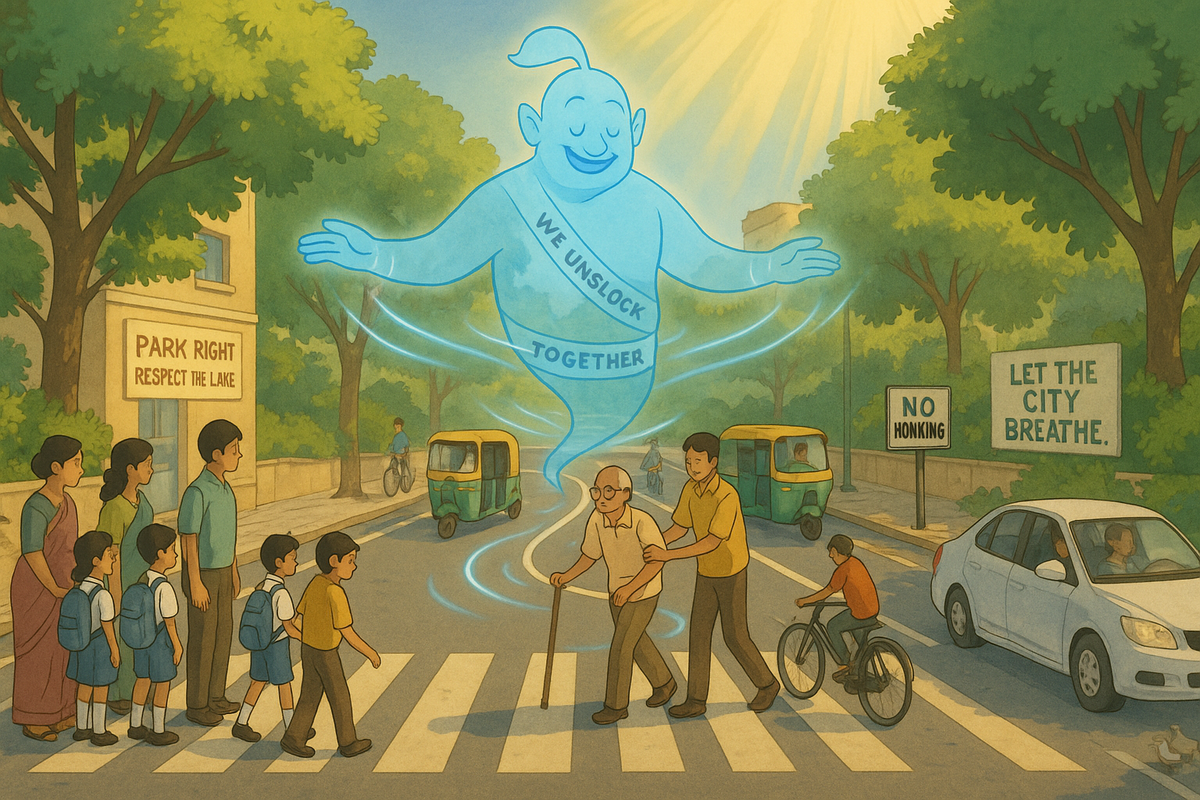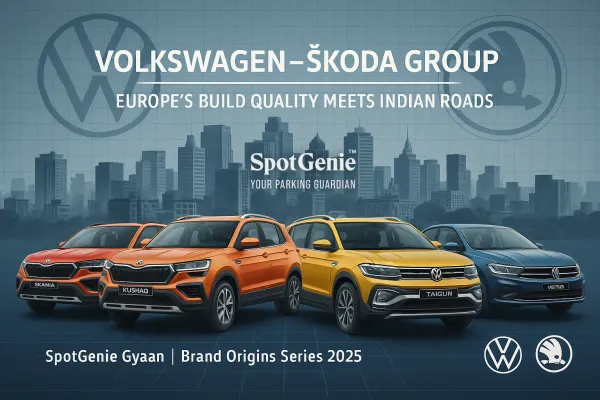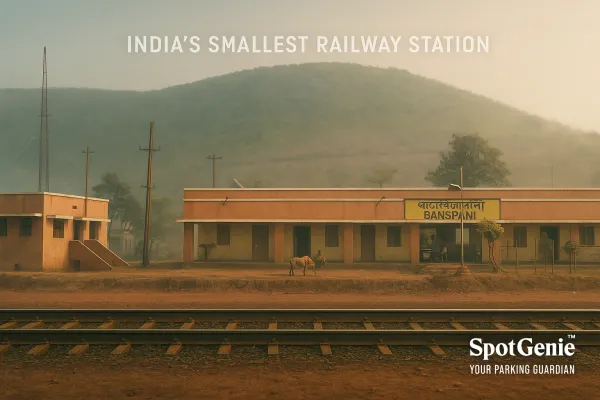How Citizens Can Help Decongest India’s Streets
Traffic isn’t just policy—it’s behavior. Learn how carpooling, better parking, and civic habits can reduce congestion in Indian cities, one choice at a time.

Traffic isn’t just policy—it’s behavior. Learn how carpooling, better parking, and civic habits can reduce congestion in Indian cities, one choice at a time.
🧞♂️ Hello again, mindful movers. We blame the jam — but forget we’re part of it. Traffic isn’t just a government problem. It’s a collective creation. And that means we can all help clear it.
1. Introduction: Traffic Is a Collective Problem
India’s urban congestion isn’t just about more vehicles — it’s about how they’re used. Most of us experience traffic daily, yet few feel empowered to change it. But traffic is a crowd effect — and like any crowd, it can move smarter together.
Blaming infrastructure is easy. But civic behavior can either amplify or alleviate the jam. Each choice we make — from when we drive to where we stop — shapes the flow of a city.
2. Behavior That Makes It Worse
Often, we contribute to traffic unintentionally. Small acts of negligence ripple into citywide dysfunction. Here are a few key culprits:
- Double parking: Shrinks lanes and forces other vehicles to weave dangerously
- Unnecessary honking: Increases stress and miscommunication, especially at junctions
- Blocking intersections: “Me first” behavior chokes box areas and gridlocks signals
- Last-minute lane switching: Creates bottlenecks and reduces lane efficiency
- Dropping off in moving lanes: Especially near schools or marketplaces
When rules are treated like options, roads stop being systems and become survival zones.
3. How Small Civic Acts Make a Big Impact
It’s not all grim — the fix starts with us. Here are powerful, doable habits that help decongest streets:
- Carpooling or ride-sharing: Reduces the number of vehicles on peak routes
- Travelling off-peak: Adjusting commutes by even 30 minutes can ease pressure on signal timings
- Parking correctly: Avoiding “just five minutes” violations near tight roads makes a major difference
- Respecting signal cycles: Not jumping lights improves flow and safety for everyone
- Using public transport occasionally: Each car off-road clears space for many others
When citizens cooperate, even small actions feel like smart infrastructure.
4. Community-Driven Interventions
When communities come together, change moves faster than traffic. Here are proven, localized interventions:
- Resident Welfare Associations (RWAs): Create local parking rules, enforce private no-parking zones
- Volunteer patrols near schools: Parents and seniors help manage drop-off congestion
- Neighbourhood “no honking” pacts: Reinforce polite road behavior within a colony
- Public notice boards and reminders: Promoting correct turns, parking etiquette, or one-way enforcement
Change is contagious — when one lane flows better, the next follows.
5. Tech-Enabled Civic Participation
Technology can amplify civic responsibility — without confrontation. Here’s how it’s already working:
- Traffic apps: Let citizens report broken signals, potholes, or illegal parking anonymously
- QR systems like SpotGenie: Allow contactless communication in parking/towing scenarios
- Hyperlocal WhatsApp groups: Help coordinate carpooling, updates, and school run alerts
- Citizen science projects: Use open data to crowdsource bottleneck identification
Smart infrastructure needs smart citizens — and tech is the bridge between them.
6. Conclusion: The Road is Ours to Unblock
Traffic isn’t just a matter of time — it’s a mirror of how we live together. More respect, less reaction. More collaboration, less congestion.
As your humble Genie, I remind you: the wheel is yours, but the road is ours. Share it well — and the city flows with you.
Cities don’t flow until we learn to share the stream.
Keywords: how to reduce traffic in India, Indian traffic congestion solutions, civic behavior traffic, carpooling benefits India, no honking initiatives, urban road etiquette, SpotGenie Gyaan, citizen role in decongestion, smart traffic behavior, ride-sharing India, public transport awareness, tech for traffic solutions, community traffic solutions India, school zone traffic rules, urban traffic crowd behavior
Follow us on:
🅾 Instagram |
ⓕ Facebook |
𝕏 X |
▶️ YouTube |
🟢 WhatsApp
🌆 More SpotGenie Gyaan to Help You Drive Change
- The Hidden Cost of Road Rage in Indian Cities – Emotional, Legal & Social Impact
- The Science of Honking – Understanding Urban Noise in Indian Roads
- Urban Parking 101 – What’s Legal, What’s Not on Indian Streets
- Is Traffic Stealing Your Life? – India’s Commute Crisis Explained
- Get SpotGenie – Smart, Contactless Alerts for Responsible Driving
Every signal cleared, every carpool organized, every rule followed — it adds up. With SpotGenie, smart mobility starts with you.



